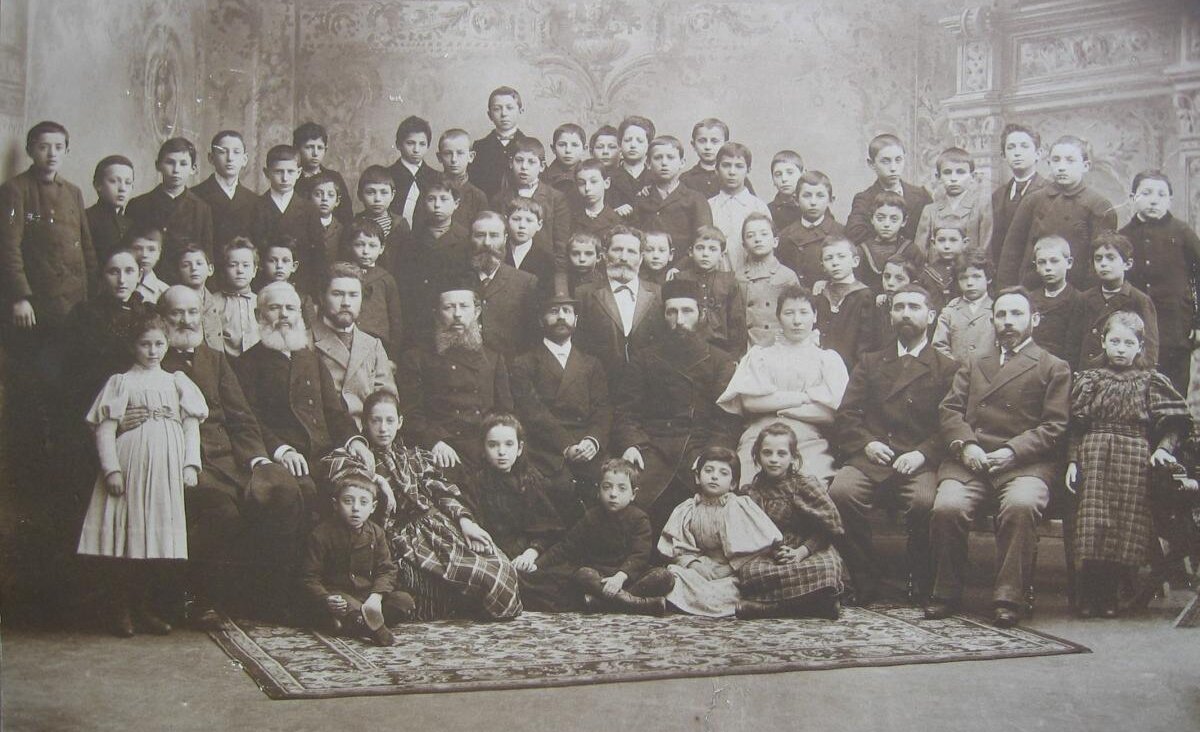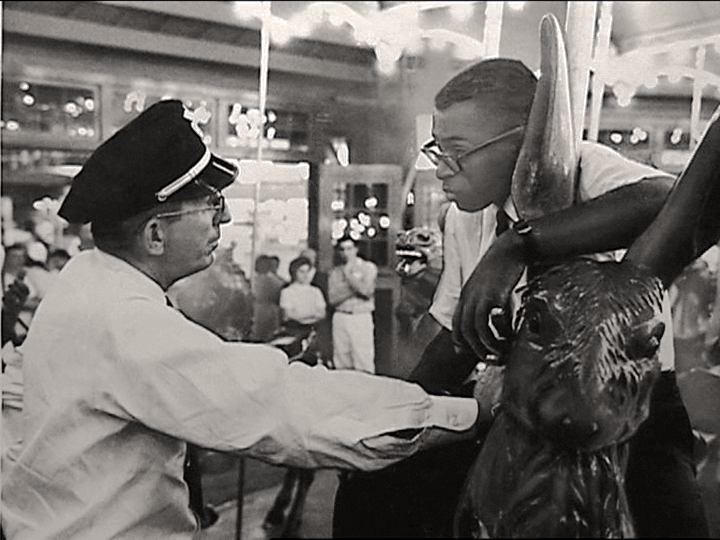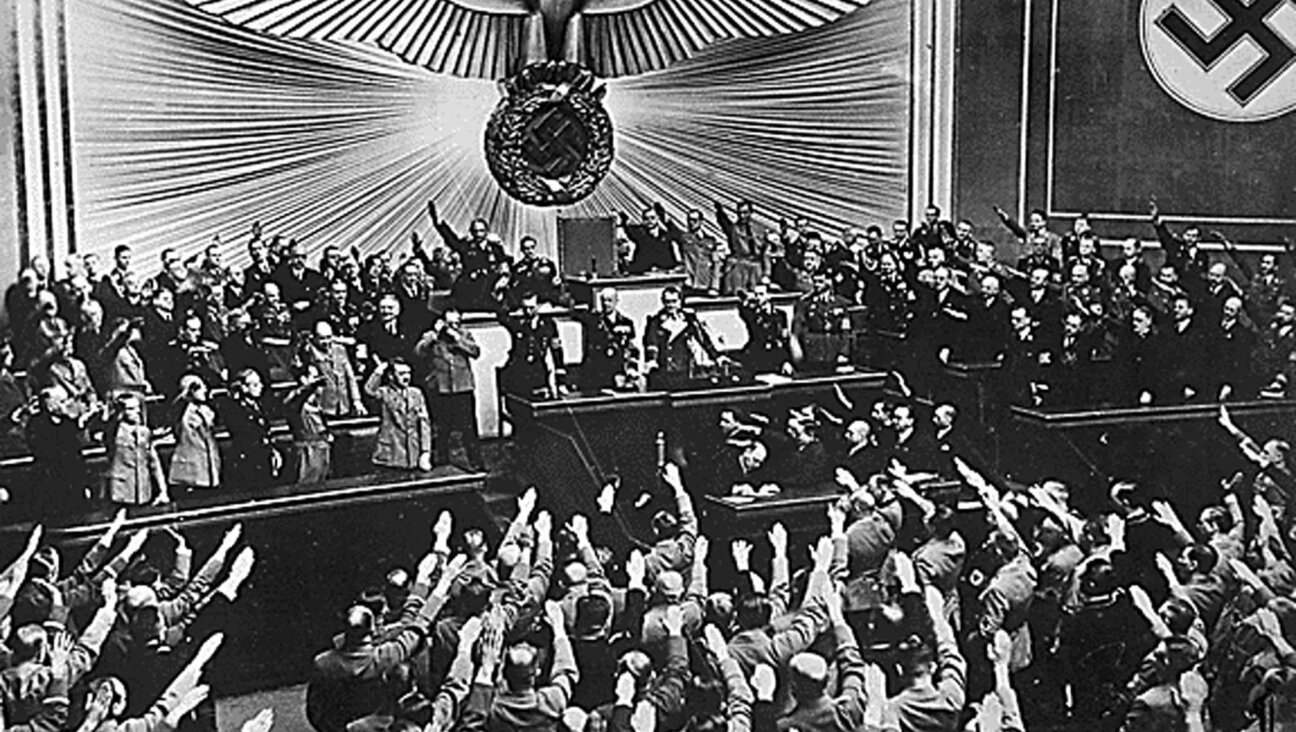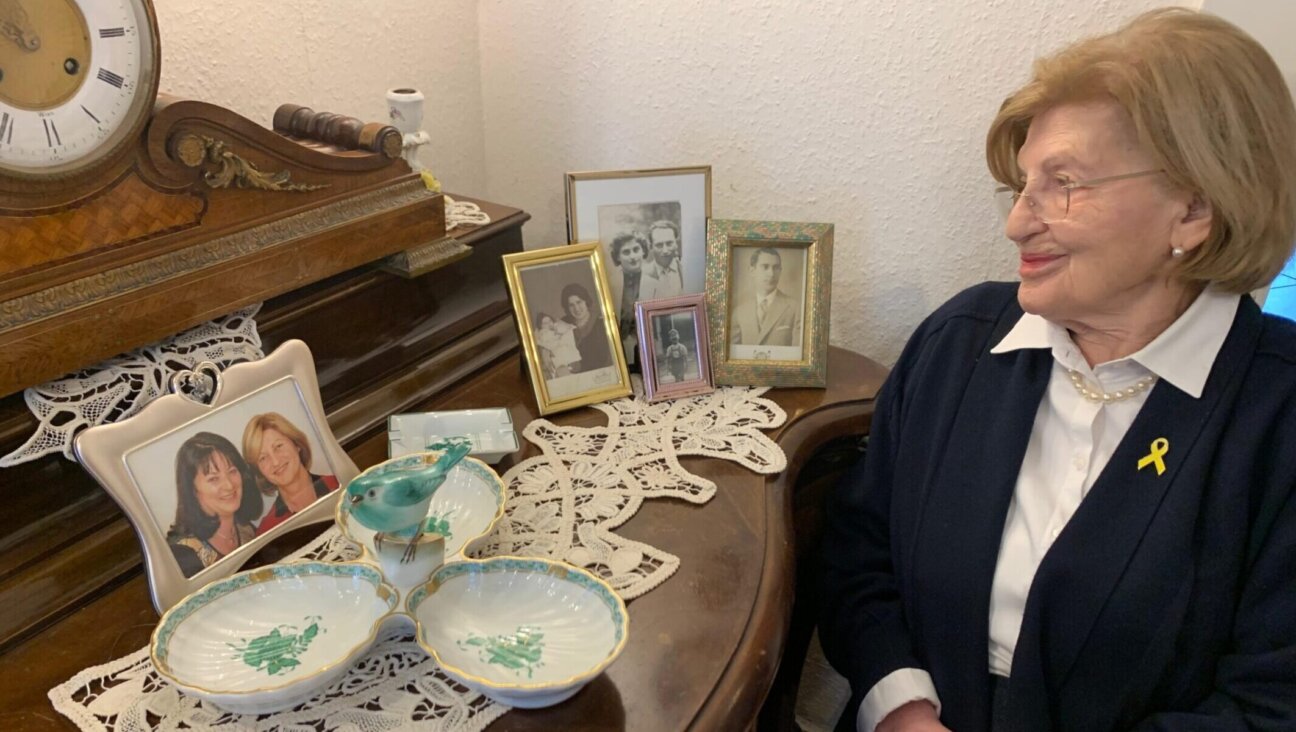Revisiting the Work of the First Emancipated German Jewish Artist
When Max Liebermann premiered “The Twelve-Year-Old Jesus in the Temple With the Scholars” — a historical painting based on the New Testament’s description of Jesus Christ debating with the rabbis in Jerusalem — at the 1879 Munich International Art Fair, the work was assailed by German critics. What right, after all, did a Jewish artist have to depict a Christian subject matter? The picture incited such vituperation that even the Bavarian Parliament, at the behest of the Crown Prince, publicly decried its merits.
As a result of the scandal, Liebermann ultimately restyled the offending work. He replaced Christ’s Semitic features and dark tresses with a tussle of blonde hair and a less prominent nose; softened the gesticulations of his hands, which were seen as overtly ethnic, and transformed the temple into a 17th-century synagogue. Shocked by the uproar, Liebermann rarely depicted religious motifs again.
The painting, which despite the outcry won Liebermann praise from his fellow artists, is among 46 oils in the first American survey of the Berlin artist’s work, opening in New York City on March 10 at the Jewish Museum. “Max Liebermann: From Realism to Impressionism,” originally shown in Los Angeles at the Skirball Cultural Center, presents a broad view of the artist and civic leader’s prolific career — from his early Dutch realist paintings to his later Impressionist works, which introduced French Modernism to Germany. The affecting exhibition also tells the story of a prominent German Jew who emerged from a period of bourgeois democracy, saw an era of unparalleled stability for the middle class and finally witnessed the trampling of liberal ideals with the rise of Nazism.
Because of his achievements and successful import of a new style of art, Liebermann is considered the first fully emancipated German Jewish artist. “He was able to realize a place in the mainstream,” said Mason Klein, associate curator at the Jewish Museum. Klein organized the New York show. But despite Liebermann’s prominent stature — he was a leader of the Berlin Secession and later became president of the Prussian Academy of Arts — there was “always in his mind an equivocal status of Jewry in Germany,” Klein added. It is this very juxtaposition that posits Liebermann as one of the most interesting and complex cultural figures of his time: an artist at once venerated and largely assimilated, yet simultaneously subject to antisemitism and xenophobia stemming from his internationalist outlook.
Born in 1847 to a wealthy Berlin family, Liebermann’s bourgeois upbringing remained a centerpiece of his identity. He was, throughout his life, an unwavering proponent of Bildung, or high culture. Among his diverse influences were 17th-century Dutch artist Frans Hals, whose direct brushstroke and overall use of color made an early impact on the young painter; Josef Israëls, the leader of the Hague School and Barbizon painter Jean-François Millet. While conservative critics attacked Liebermann for his embrace of foreign, particularly French, modes of painting, he viewed himself as a German patriot. Still, despite his strong national identity, he believed in a firm separation between art and politics.
The artist’s early works — dignifying, naturalist depictions of the Dutch labor class — marked a radical departure from the official state art of the Prussian empire. In such paintings as “Women Cleaning Vegetables” (1880), Liebermann reveals his respect for the peasant work ethic. In 1876, during one of his annual trips to Holland, Liebermann embarked on the first of several studies of Amsterdam’s Jewish quarter, three of which are included in the survey. Also featured is “Self-Portrait With Kitchen Still Life” (1873), another rare Liebermann work that includes reference to his Jewish identity. In the portrait, painted in honor of his brother’s wedding, the artist depicts himself grinning behind an assemblage of vegetables and a chicken; dangling from the bird’s neck is a kosher tag.
Liebermann’s more loosely painted, Impressionistic works, such as “The Artist’s Wife at the Beach” (1895) and “Tennis Game by the Sea” (1901), mark his shift to painting leisure scenes of the upper middle class. By the turn of the century, Liebermann had also begun painting the German political and cultural elite, having become a sought-after portraitist. With his purchase in 1909 of a lakeside villa at Wannsee, he turned to painting idyllic garden scenes, employing an increasingly free and spontaneous style. During the First World War, Liebermann was no longer able to travel to Holland to paint. He retreated frequently to his country estate.
With the rise of National Socialism, Liebermann withdrew once again to Wannsee, where he continued to produce work until his death in 1935. Three years prior, he had been forced to step down as president of the Prussian Academy of Arts, a position he had held for 12 years. In “Self-Portrait in Smock With Hat, Brush, and Palette” (1934), the aggrieved artist appears resigned to the betrayal he has suffered at the hands of his country.
In the end, Liebermann had to reconsider his avowedly apolitical stance, even amending his views on Zionism. In a letter to Hebrew poet Hayyim Nahman Bialik, Liebermann wrote: “You, Mr. Bialik, perhaps recall the discussions we had on this subject, while I was working on your etching, during which I tried to explain why I distance myself from Zionism. I now think otherwise: As difficult as it was for me, I have awoken from the dream that I have dreamt my whole life.”
Rebecca Spence is a journalist living in New York.
A message from our Publisher & CEO Rachel Fishman Feddersen

I hope you appreciated this article. Before you go, I’d like to ask you to please support the Forward’s award-winning, nonprofit journalism so that we can be prepared for whatever news 2025 brings.
At a time when other newsrooms are closing or cutting back, the Forward has removed its paywall and invested additional resources to report on the ground from Israel and around the U.S. on the impact of the war, rising antisemitism and polarized discourse.
Readers like you make it all possible. Support our work by becoming a Forward Member and connect with our journalism and your community.
— Rachel Fishman Feddersen, Publisher and CEO






















